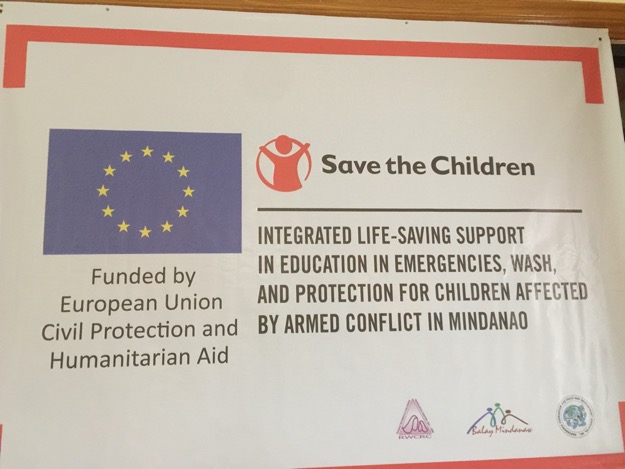A Short Trip to the Philippines 🇵🇭

February 2019: Humanitarian Response in Mindanao
In February 2019, I returned to the Philippines for a brief visit, focusing on Manila and Lanao del Norte, particularly Linamon, where I engaged with conflict-affected communities in Mindanao. The visit was part of a mission to monitor humanitarian projects addressing critical needs in the region.
The Complex Crisis in Mindanao
Mindanao has been a region grappling with a complex crisis for decades, driven by protracted conflicts, disputes over land and resources, and the presence of extremist groups such as the Maute Group and Abu Sayyaf. Armed violence, coupled with natural disasters, has created a challenging environment for millions of people. The Marawi Siege in 2017 left thousands displaced, and while recovery efforts are ongoing, the effects of the violence continue to linger. Communities remain vulnerable, with many still living in temporary shelters or displacement camps.
Humanitarian Challenges
The humanitarian needs in Mindanao are immense and multifaceted. Among the most pressing issues are:
1. Education in Emergencies:
Many children in conflict-affected areas face disruption in their education. Schools are often destroyed, damaged, or used as evacuation centres during emergencies. This visit focused on projects aimed at ensuring that children had access to temporary learning spaces, educational materials, and psychosocial support to cope with the trauma of displacement and violence.
2. Water, Sanitation, and Hygiene (WASH):
Access to clean water and sanitation facilities is a significant concern for displaced communities. The projects I monitored included efforts to provide safe drinking water, construct latrines, and promote hygiene practices to prevent the spread of diseases such as cholera and diarrhoea.
3. Child Protection:
Displaced children are particularly vulnerable to exploitation, abuse, and trafficking. Humanitarian efforts in the region focus on child protection mechanisms, including safe spaces for children, counselling services, and programmes to reunite separated children with their families.
The Response in Linga
During my visit to Linaga, I observed the implementation of various humanitarian initiatives. The communities, despite the challenges they faced, demonstrated remarkable resilience and determination to rebuild their lives. Humanitarian actors, including local NGOs, international agencies, and government bodies, were working closely with the affected populations to address their needs.
What stood out was the strength of the community members, particularly women, who played a significant role in the recovery process. Their active participation in education and WASH initiatives showcased their resilience and commitment to ensuring a better future for their families.
Reflecting on the Visit
This visit reminded me of the vital importance of localised humanitarian responses—solutions driven by the needs, voices, and leadership of the affected communities themselves. The collaboration between local and international actors is critical to ensuring sustainable recovery and resilience.
As always, my time in Mindanao left me deeply moved and inspired by the courage and perseverance of the people. It reinforced the importance of addressing the root causes of displacement and conflict while continuing to provide essential humanitarian support to those in need.
Click here to access the album.
